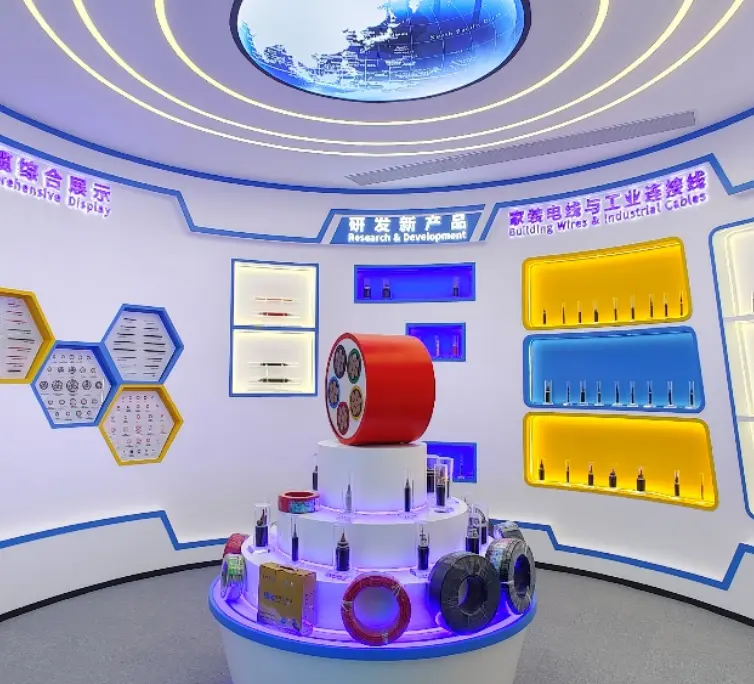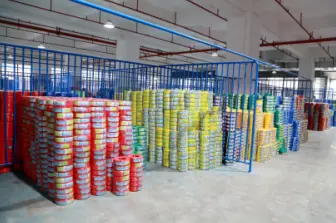Application and Scope of Aerial Insulated Cable
The aerial insulated cable has the advantages of simple structure, safe and reliable, and at the same time it has excellent mechanical and physical properties and electrical properties, and has excellent electrical tracking resistance, surface discharge resistance and atmospheric resistance. Compared with bare wires, the laying gap is small, the line channel is saved, and the line voltage is reduced, especially the occurrence of power supply accidents is reduced to ensure personal safety.
Ⅰ. Characteristics of the aerial insulated cable
1. Rated voltage: 0.6/1Kv, 10Kv;
2. The long-term allowable working temperature of aerial insulated cable is 70°C for PVC insulation and 90°C for XLPE insulation.
3. In case of short circuit (the longest time is not more than 5 seconds), the maximum temperature of aerial insulated cable is 160℃ for PVC insulation, 150℃ for HDPE insulation, and 250℃ for XLPE insulation;
4. The ambient temperature during cable laying shall not be lower than -20℃;
5. The allowable bending radius of aerial insulated cables: for cables with rated voltage below 1KV, if the cable outer diameter (D) is less than 25mm, it should not be less than 4D, and if the cable outer diameter (D) is 25mm and above, it should not be less than 6D; the rated voltage 10KV cable should not be less than 20(D+d). Inside: D—the actual outer diameter of the cable, d—the actual outer diameter of the cable conductor.
Ⅱ. The use of the aerial insulated cable
Insulated cables with voltage levels of 35kv and below are mainly used for overhead fixed laying, lead wires, etc. It is usually hung on poles or building walls, so the overhead insulated cable is called hanging type in the cable line type.
Mainly used in the following situations:
1. It is necessary to use the existing pole and the insulated wire, overhead line or communication line in the low-voltage frame on the same pole;
2. Places that require the line and the environment not to affect each other as much as possible (such as the line crossing sidewalks, trees, narrow streets or lanes);
3. The aerial insulated cable is used as the incoming or outgoing line of the substation or switch station (it is not necessary to pass through the wall bushing at this time).
4. Aerial insulated cables are used for temporary construction power lines at construction sites or temporary power supply lines during line repair, as well as extended distribution network lines.
Ⅲ. The application scope of aerial insulated cables
1. It is suitable for areas with more lightning. The aerial insulated cable has a layer of insulation protection, which can reduce the lightning induction of the line. Even if there is lightning, the impact will be much smaller, which can reduce the power outage time of ground faults.
2. Applicable to the renovation of old urban areas. Since the conductor of the aerial insulated cable can withstand a voltage of 15kV, the minimum vertical distance between the insulated cable and the building is 1m, and the horizontal distance is 0.75m. Therefore, replacing the low-voltage trunk line with the 10Kv aerial insulated cable, directly feeding it into the load center, and shortening the power supply radius of the low-voltage power grid is an effective distribution method for the renovation of the old city.
Latest News & Blog
 English
English  français
français  Deutsch
Deutsch  العربية
العربية  tiếng việt
tiếng việt  ไทย
ไทย  čeština
čeština  Indonesia
Indonesia  Eesti
Eesti  български
български  slovenčina
slovenčina 



